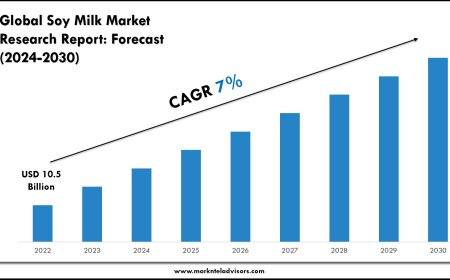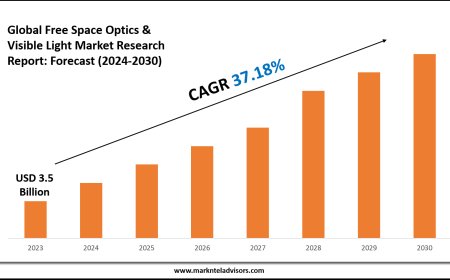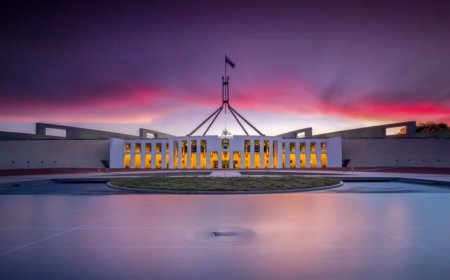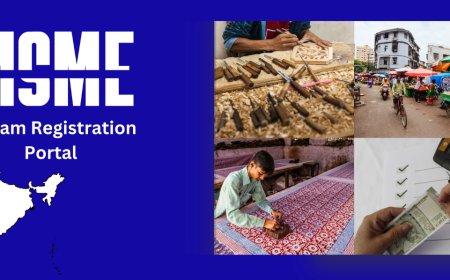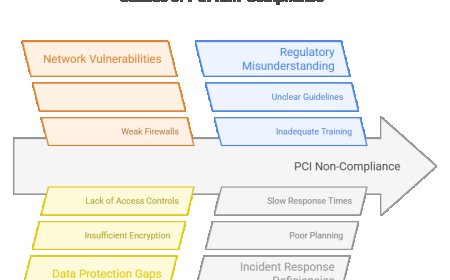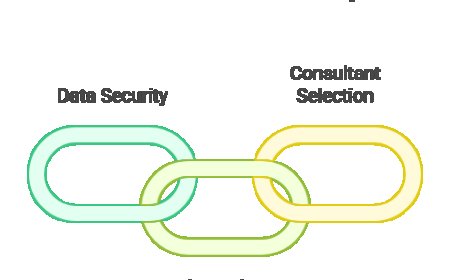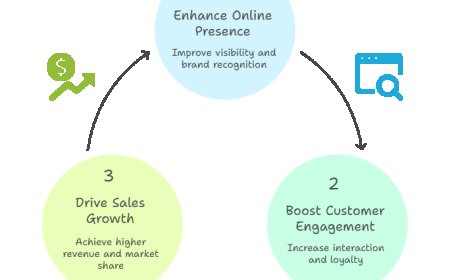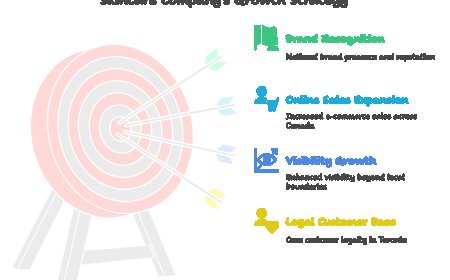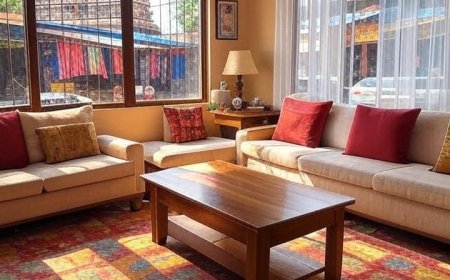Exploring the Richest Village in Asia with an Inspiring Success Story
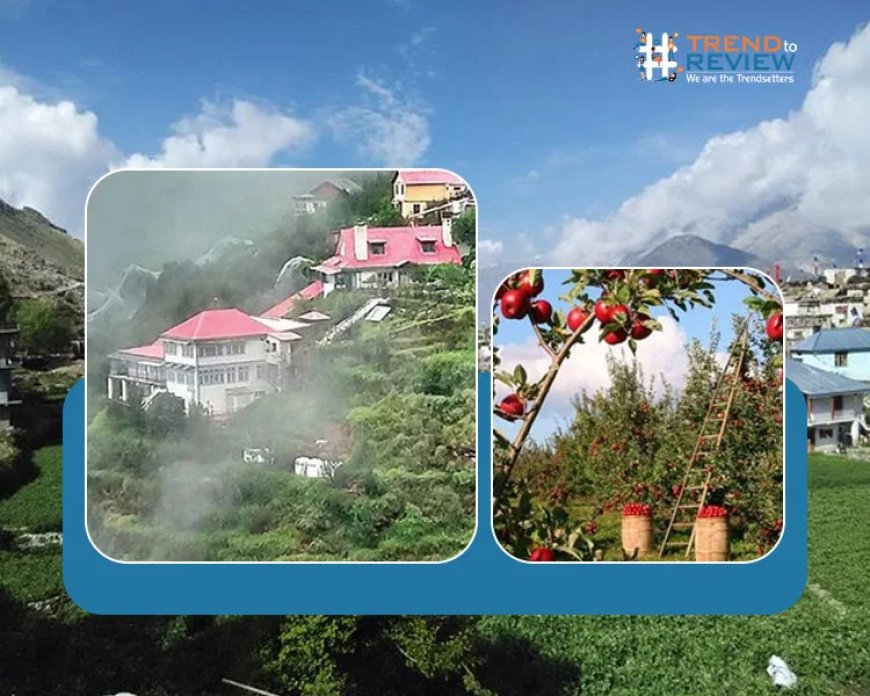
Asia, with its vast cultural diversity and economic contrasts, is home to many hidden gems that defy expectations. Among them lies a village that has risen to global attention not for its heritage or natural beauty, but for its remarkable wealth. Welcome to the story of the richest village in Asia, a place that has turned from modest beginnings into a shining example of collective prosperity, innovation, and discipline.
The Surprising Wealth of Huaxi Village
When talking about the richest village in Asia, one name that immediately stands out is Huaxi Village in Jiangyin City, Jiangsu Province, China. Commonly referred to as the "Number One Village Under the Sky," Huaxi has become a symbol of what disciplined governance, shared economy, and industrial strategy can achieve.
Huaxi wasnt always wealthy. In fact, back in the 1960s, it was just another ordinary farming village in China. Life was tough, and people relied mainly on agriculture for their survival. But everything began to change under the visionary leadership of Wu Renbao, who served as the party secretary for the village. His leadership transformed Huaxi into a model of rural success and a world-renowned example of village-level wealth.
Transformation from Agriculture to Industry
The villages transition began with small collective industries like textile factories and steel production. Instead of individual ownership, businesses were run as collectives, and profits were reinvested into the village for development. This model helped keep growth steady and inclusive. Over time, Huaxi became a hub for steel, aluminum, textiles, shipping, and even tourism.
Residents of Huaxi enjoy a lifestyle that many in urban cities can only dream of. Every registered family in the village reportedly owns a villa, a car, and receives annual dividends from the village's industries. The village is also home to a 72-story skyscraper called the Longxi International Hotel, built to symbolize Huaxis success and status.
Collective Wealth and Strict Discipline
One of the key reasons behind the rise of the richest village in Asia is the concept of collective wealth. Every resident is a shareholder in the villages businesses, and everyone benefits equally from its success. However, this also comes with strict rulesif a resident decides to leave the village or its business model, they must give up their share of the wealth.
This unique economic model is not capitalism in the usual sense, nor is it communism in the traditional form. Instead, it is a hybrid system that thrives on shared growth, hard work, and discipline.
The Lifestyle in Huaxi
What does life look like in the richest village in Asia?
-
Luxury Homes: Every family has a spacious villa.
-
High-end Vehicles: Villagers own cars, often luxury models.
-
Healthcare & Education: The village provides free access to high-quality education and healthcare.
-
Modern Infrastructure: The roads, buildings, and public services are comparable to those in first-tier cities.
-
Employment: Every adult has a job, usually within the villages own companies.
-
Dividends: Annual income from business profits is distributed among all households.
In essence, Huaxi combines urban comfort with rural peace, offering a balanced lifestyle to its residents.
Criticism and Challenges
Although Huaxi is praised as the richest village in Asia, it's not without criticism. Some experts argue that its model is hard to replicate because it depends heavily on tight control, loyalty to the leadership, and collective management. Others point out that while wealth is shared among villagers, those not born in Huaxi or without registered residency do not enjoy the same benefits.
Moreover, the businesses that made Huaxi rich are facing increased pressure from market competition and rising costs. As Chinas economy slows down in certain sectors, even a successful village like Huaxi must adapt and innovate to maintain its status.
Is Huaxi a Model for Other Villages?
The story of Huaxi has inspired many rural communities across Asia. While the exact model may not work everywhere due to differences in culture, governance, and economic conditions, certain lessons can still be learned:
-
Unity and Vision: A strong, united community with a shared goal can achieve extraordinary success.
-
Reinvestment: Investing profits back into the community instead of withdrawing them for personal gain can create long-term growth.
-
Discipline and Structure: Organized systems and rule-based governance play a major role in maintaining order and progress.
Huaxis journey shows that with commitment, planning, and collective effort, even a small village can become a global example of prosperity.
Other Rich Villages in Asia
While Huaxi is known as the richest village in Asia, there are other wealthy villages worth mentioning:
-
Hiware Bazar, India: Known for its water conservation and farming revolution, this village in Maharashtra has transformed its economic situation dramatically.
-
Shani Shingnapur, India: Famous for its unique tradition of no doors and no thefts, it also thrives on tourism and temple-based economy.
-
Punsari, Gujarat, India: Another remarkable village in India that boasts modern amenities, CCTV, Wi-Fi, and clean infrastructure under a rural setting.
These villages might not match Huaxis wealth in numbers, but they represent how innovation and community spirit can uplift even the most underdeveloped regions.
Conclusion
The story of the richest village in Asia is not just about wealth; its about vision, collective hard work, and the will to grow together. Huaxi Village stands as a symbol of rural transformation that the world can learn from. While its model may not suit every region, its core values of reinvestment, unity, and discipline are universal.
For those interested in rural development or alternative economic systems, Huaxi is more than a destinationits a lesson in how dreams can be turned into reality, not by a few individuals, but by an entire community working as one.
As Asia continues to develop, stories like Huaxi's will play an essential role in shaping how we think about wealth, equality, and progress at the grassroots level.
Tags:
Related Posts
Dtown Notary, Apostille and Mortgage Loan Services
williamjemes Jul 17, 2025 2
computer repair
meliora Jul 16, 2025 158












